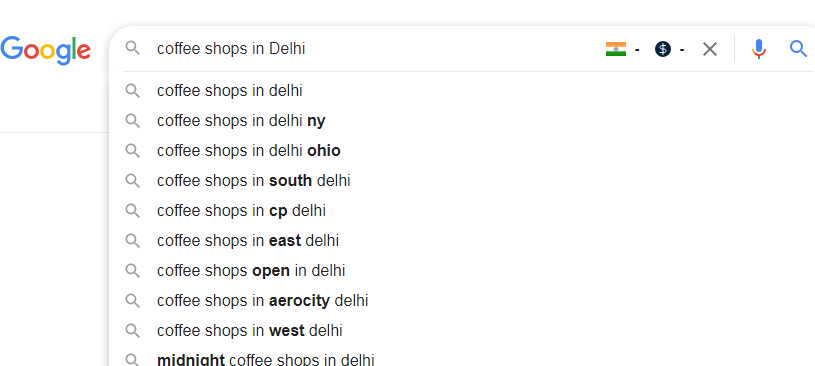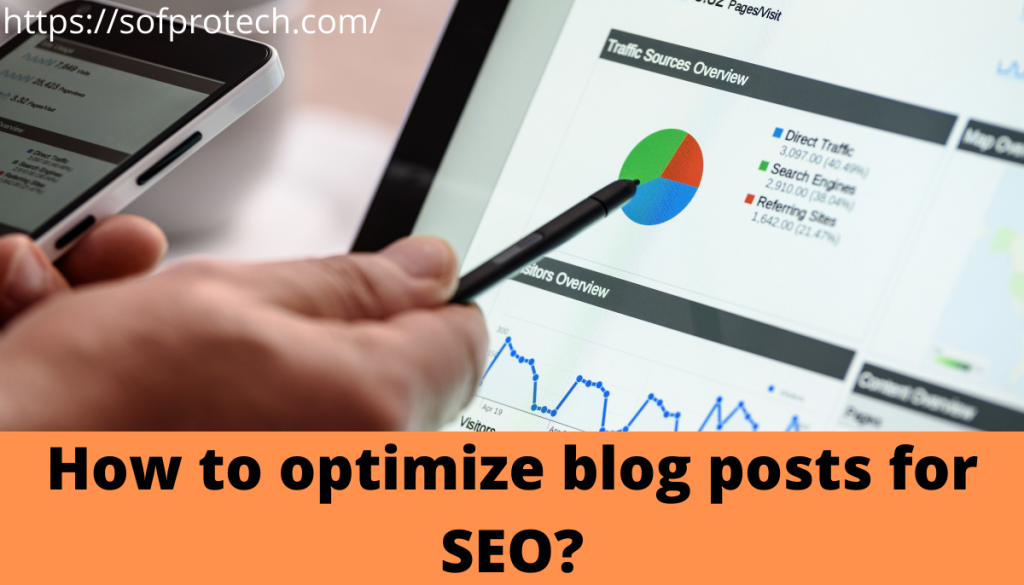How to optimize blog posts for SEO?
Table of Contents
You may have heard that good content drives search rankings. So what does this phrase mean? Does it mean original content, proper keywords, regular updates? Or all of these? Or in the larger scheme of things, how to optimize blog posts for SEO?
Optimizing content and blogs on your website for SEO is an ongoing task that really does not have any benchmarks to it. However, that being said, you can really optimize your blogs and website content as per the criterion of search engines when they index a site.
But what good does it serve?
Optimizing your blogs for SEO purposes enables the flow of visitor traffic to your website. And though the trick is not cast in a silver stone, there a few tricks that better than others in optimizing blog posts.
When you’re writing blogs, keep the following SEO tips in mind to optimize them for attracting readers and visitors. You can also change your previous blogs with these tips below.
-
Keyword Research
Planning your content as per the right keywords ensures that whatever you are writing has a number of audiences searching for it. Keyword research is done by SEO experts and content creators who write on keywords that are being searched by multiple people.
This information comes from search engine data. By doing this, you are creating content that would attract readers, apart from being a very useful way to search for new blog ideas.
There are many SEO assist tools available online that offer many SEO useful features like keyword data, position tracking, keyword competition analysis, etc. One should look to use keywords that have the highest search index and lowest competition.
-
Semantic keywords
Semantic Keywords or Latent Semantic Indexing (LSI) keywords are the search terms that are related to your focus or primary keyword.
Finding out LSI keywords is easy, just search for the primary keyword on Google and scroll down to the bottom of the page for ‘related searches’.
For eg., for the keyword coffee shops in Delhi, the LSI keywords would appear as:

Incorporate as many of these LSI keywords in your article for optimizing your blogs for SEO. This is a great organic way to bring traffic in for blogs.
-
Blog title
It is very important to have a catchy blog title that makes people interested to read your blog. A great way to do it would be to add the primary keyword in the blog title.
For eg., for the keyword ‘coffee shops in Delhi,’ you can create a blog title like ‘Top 10 coffee shops in Delhi’.
To make it catchier, you could add an emotional value or appeal to a specific target group, like ‘Best coffee shops in Delhi for couples’.
-
Visual Appeal
No one wants to read paragraphs after paragraphs of words! It is always great to add image and video content to your blogs, preferably of your own business.
Images and videos are more engaging than text and can help the reader understand better. Engaging content also ranks higher along with search engines. While adding images, make sure that you optimize them for SEO, so that those images also rank when someone types in that targeted keyword.
-
Content Organization
Organize your content effectively by adding categories and tags. Categories sort out content based on the topics discussed on your blogs, while tags refer to the subject of a single blog.
This organization helps search engines to sort out relevant content to be displayed to users, and blogs with tags and categories are preferred in search rankings.
-
Internal Linking
Internal links are the URLs that redirect users to your previous blog posts or other pages on your website. In this way, you can also keep your older articles active and available to readers.
This is very SEO friendly while it also provides fresh links to your old blogs. A good way of internal linking is by adding hyperlinks to selective words which makes the previous blog post relevant to the readers.
-
Meta description
Meta description is a short description of your blog which is used by search engines. It is basically an HTML tag that can be added to any page on your website.
For eg., the meta description is highlighted for the keyword ‘how to do seo’.

Ideally, you would want to place your focus keyword at least once in the meta description, so as to ensure that readers are able to understand what your blog is about.
The Meta description has a limit of 155 characters, and as it is viewed to the users, it is advisable to keep your meta description limited within it.
-
Optimize previous blogs
If you have previous blogs that have not been optimized yet, now would be a very good time to do it. Optimizing old blogs on a regular basis is an SEO-friendly practice that improves your ranking in search engines.
Sharing blogs on social media is another good way to optimize your previous blogs and bring in fresh traffic to them.
Rank higher with fully optimized blogs for SEO
Why you need SEO for my website ? This question is really important for getting a higher rank in search engines.
Content is really what drives a website or blog to rank higher, and with the right SEO mindset, you can achieve higher rankings for your blogs and website.
If you have any questions or need help with optimizing blogs or higher search engine rankings, contact us for inquiries and collaborations.
FAQs


